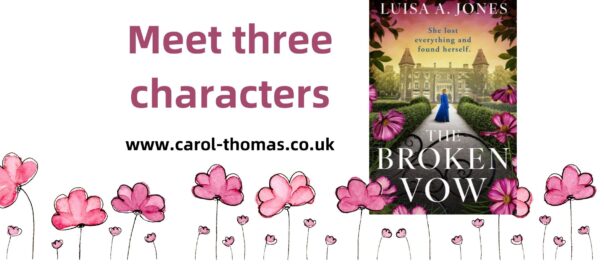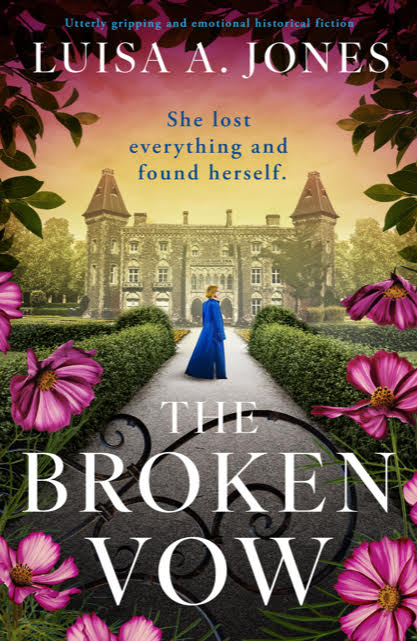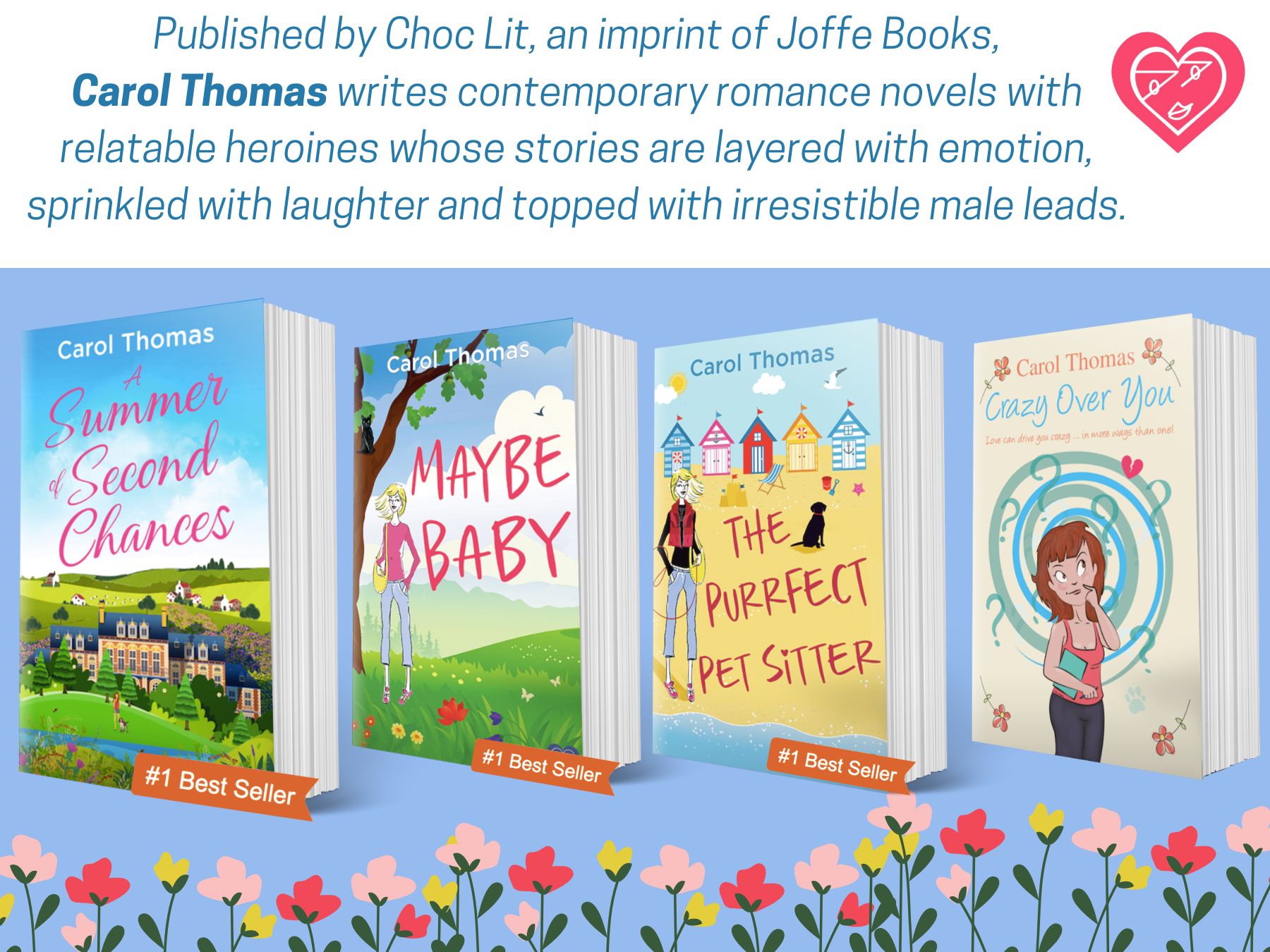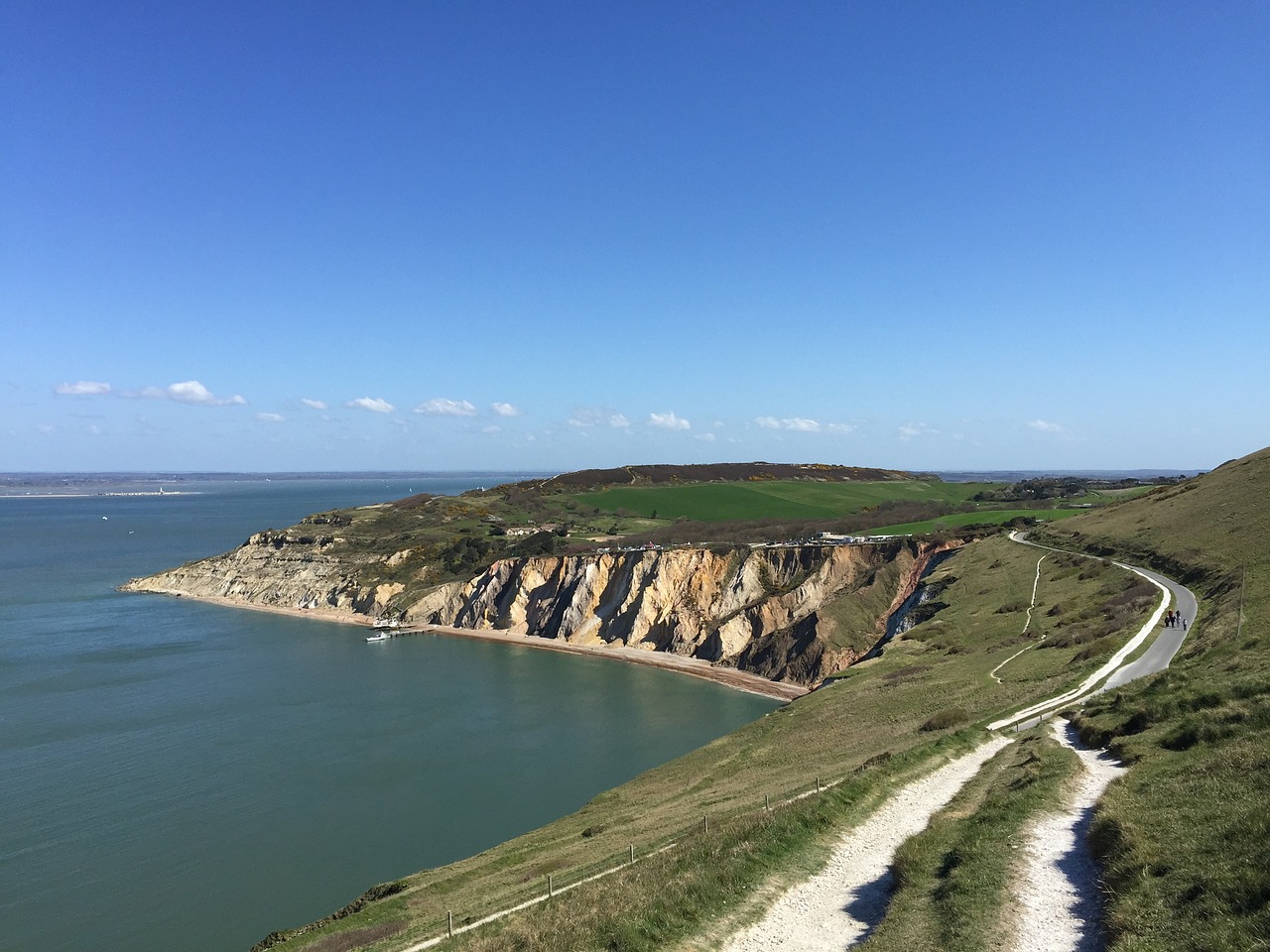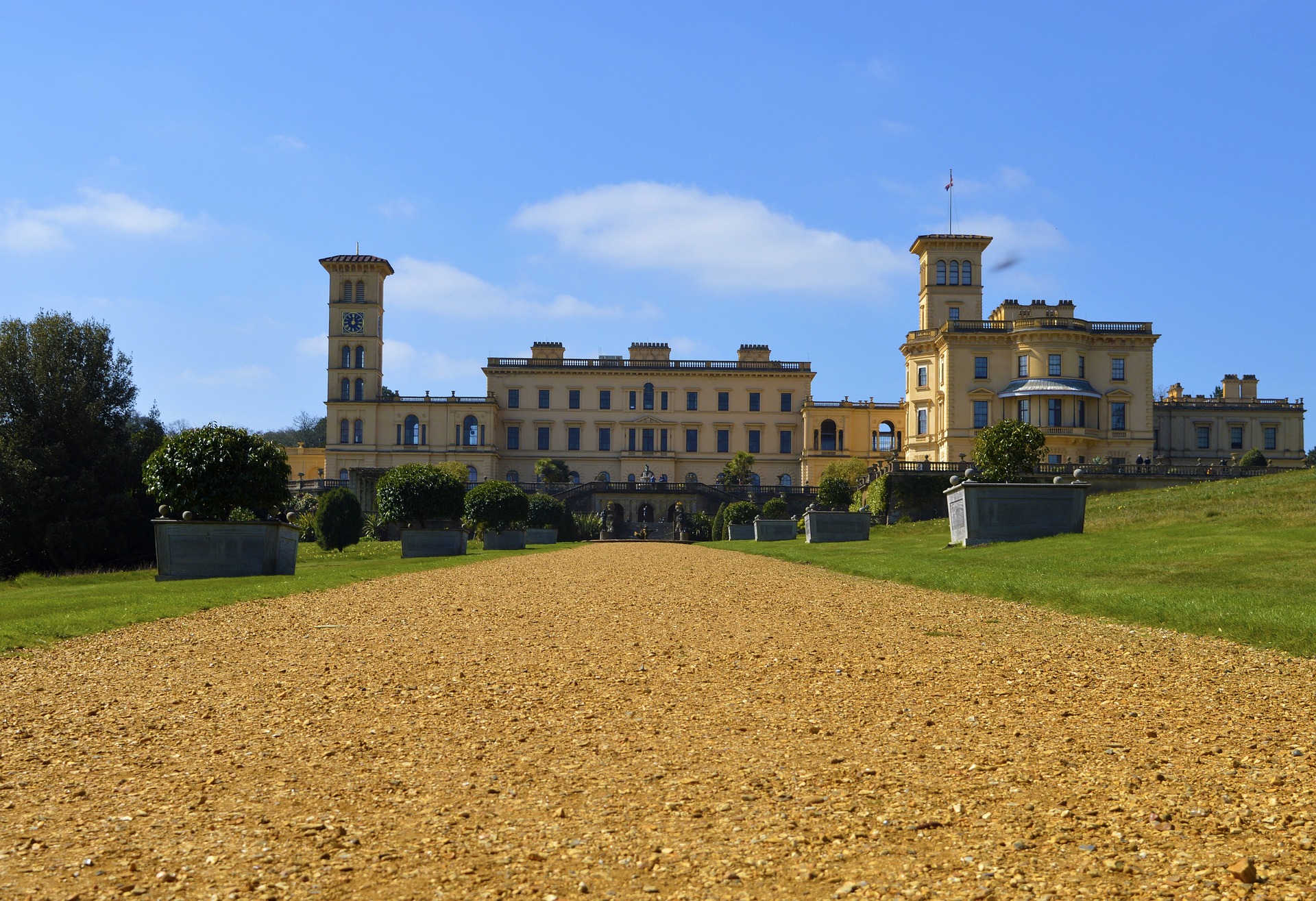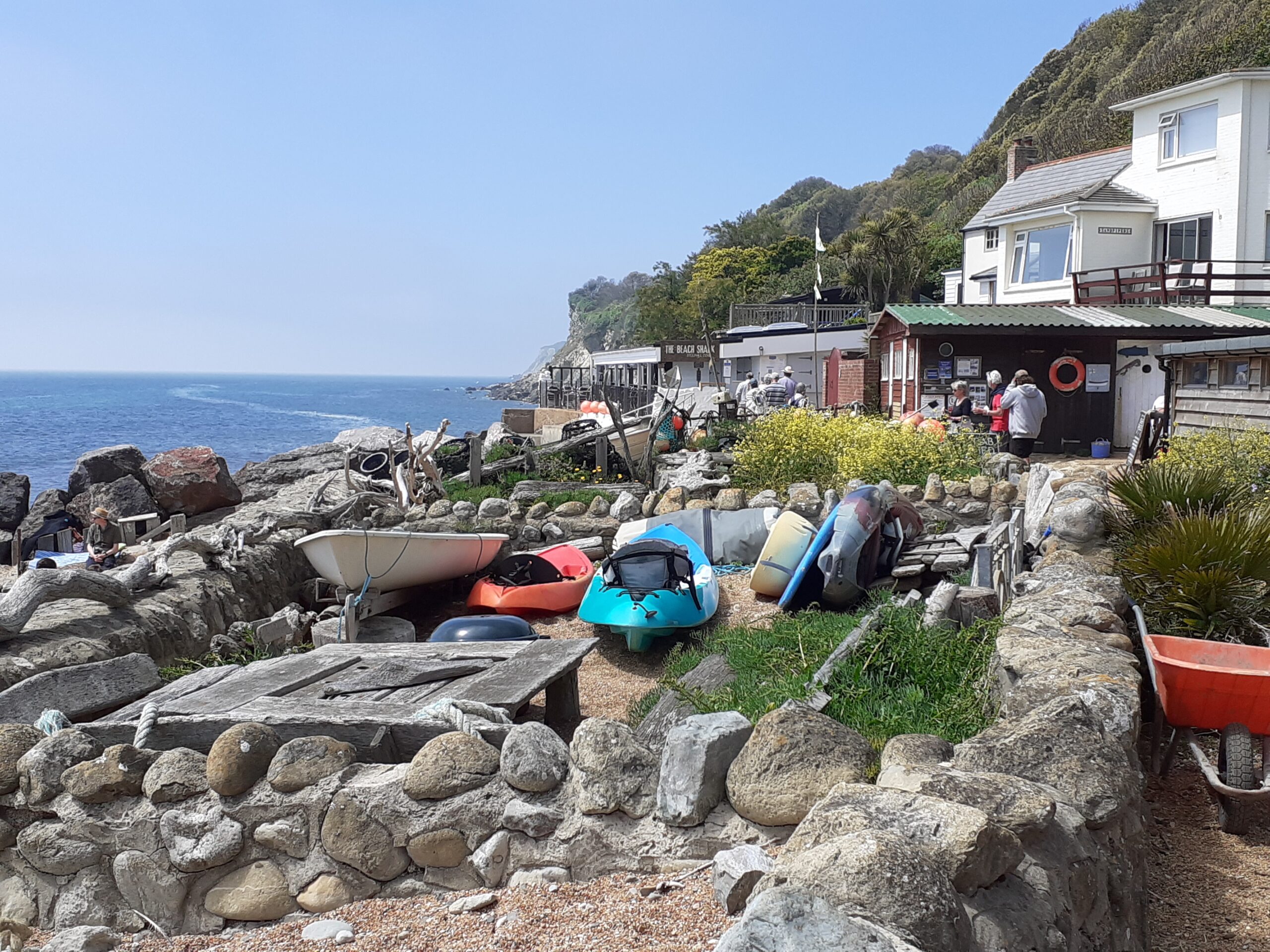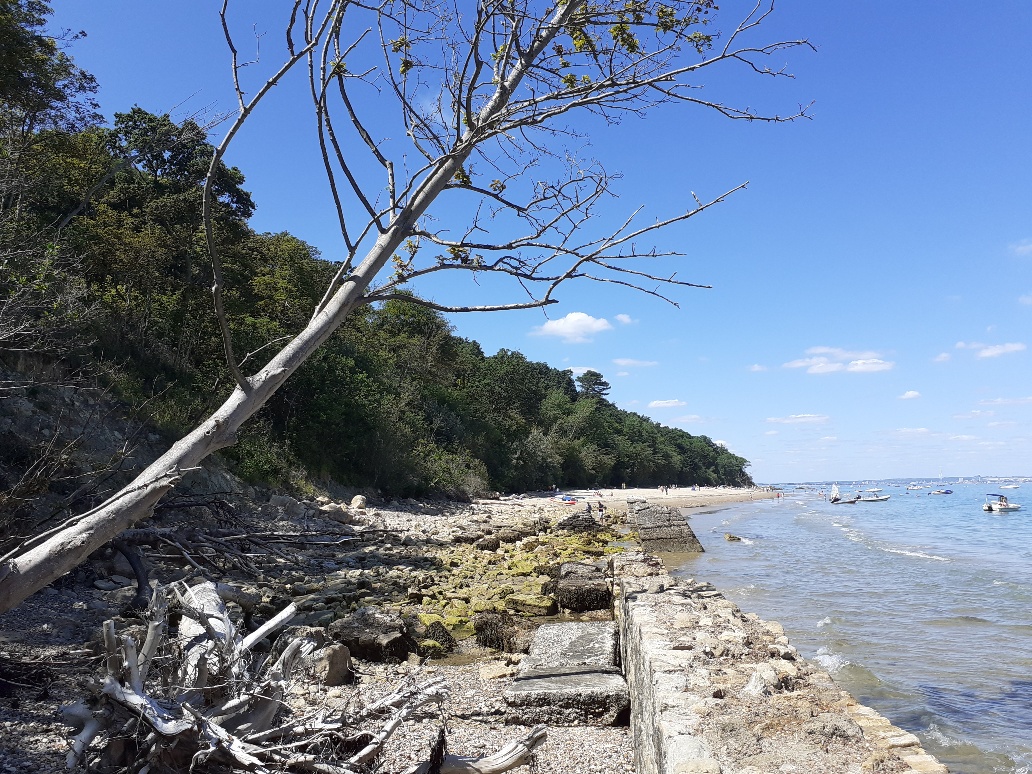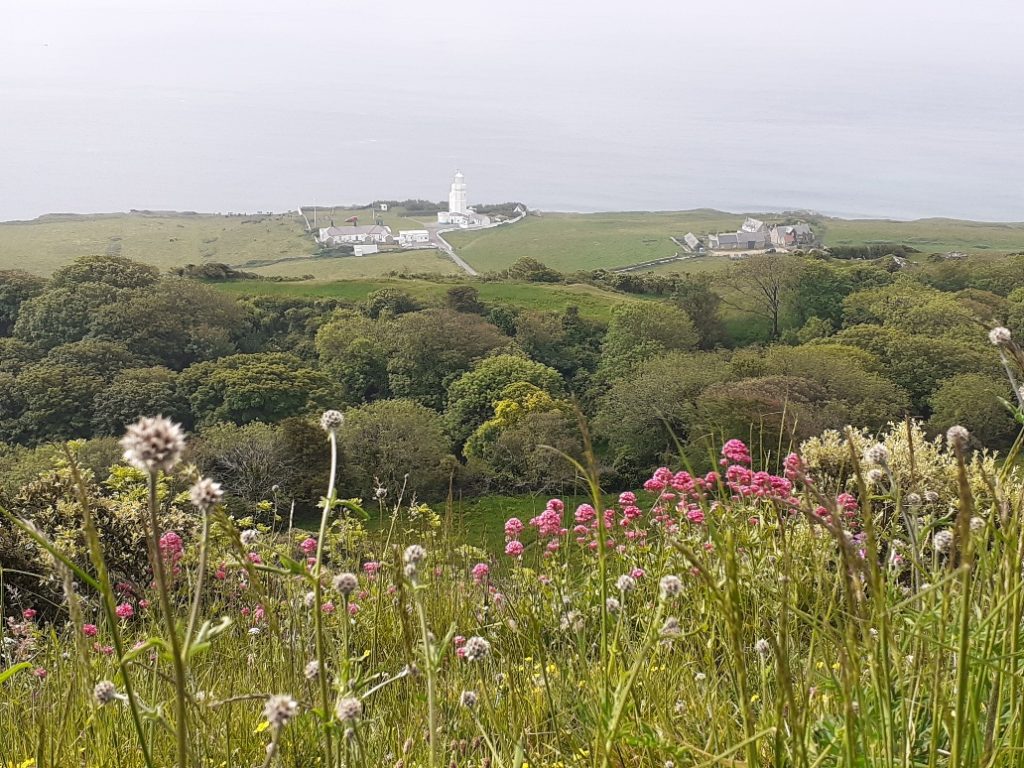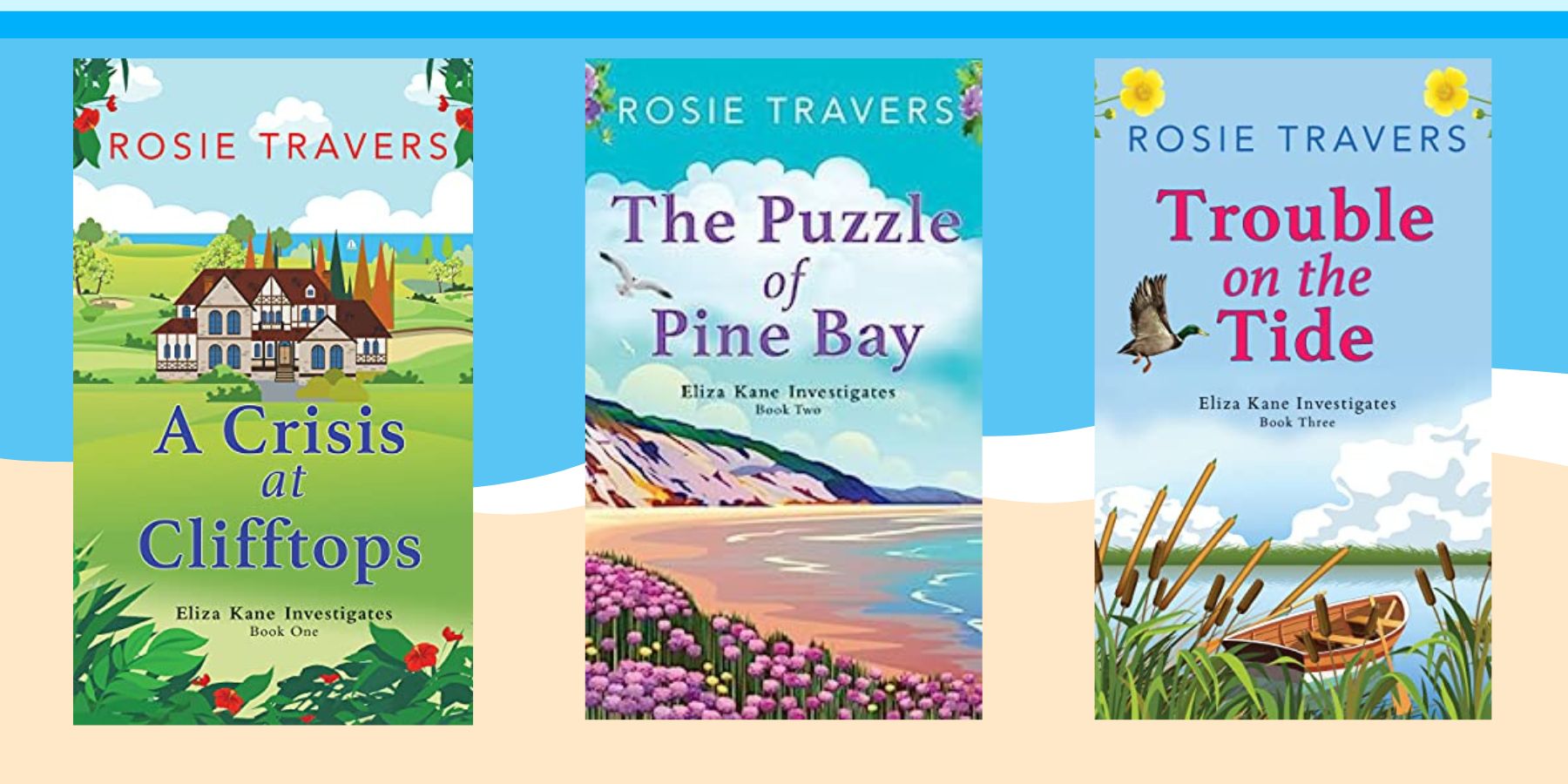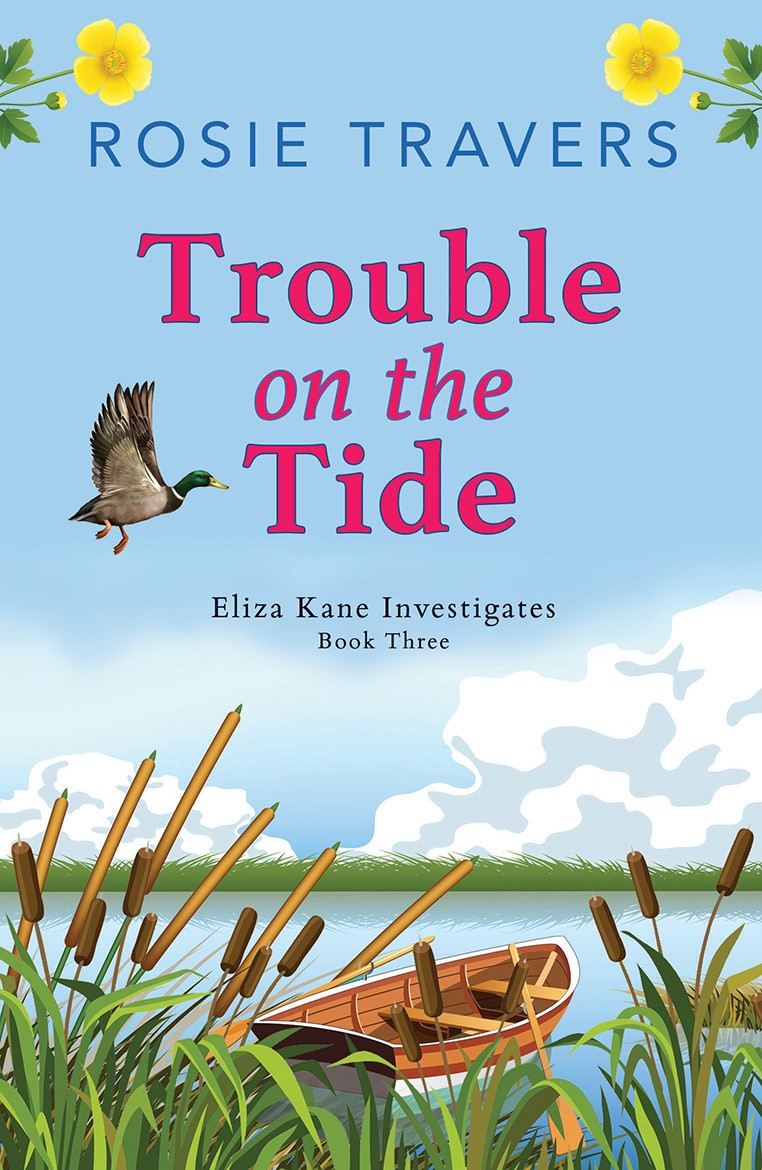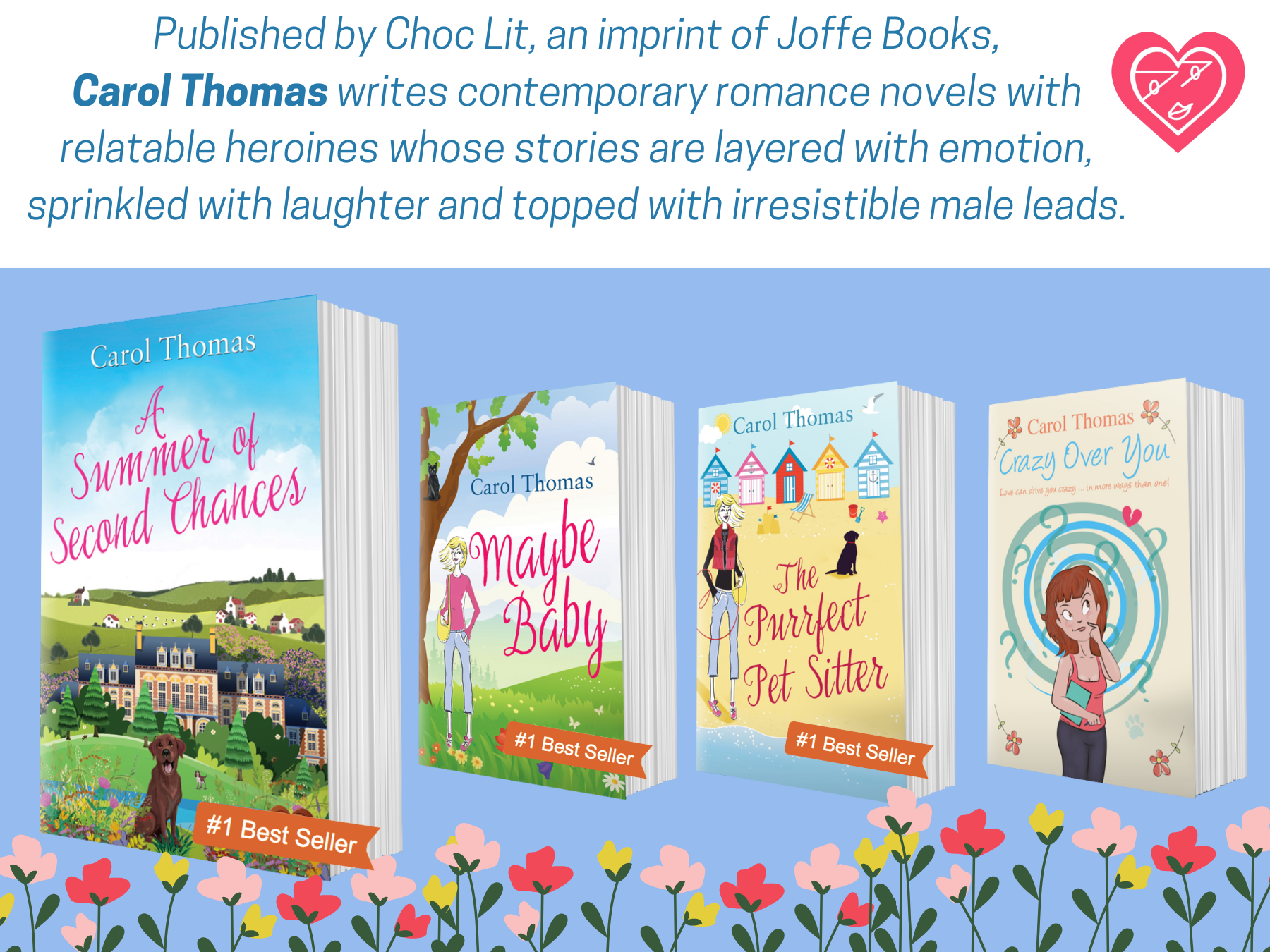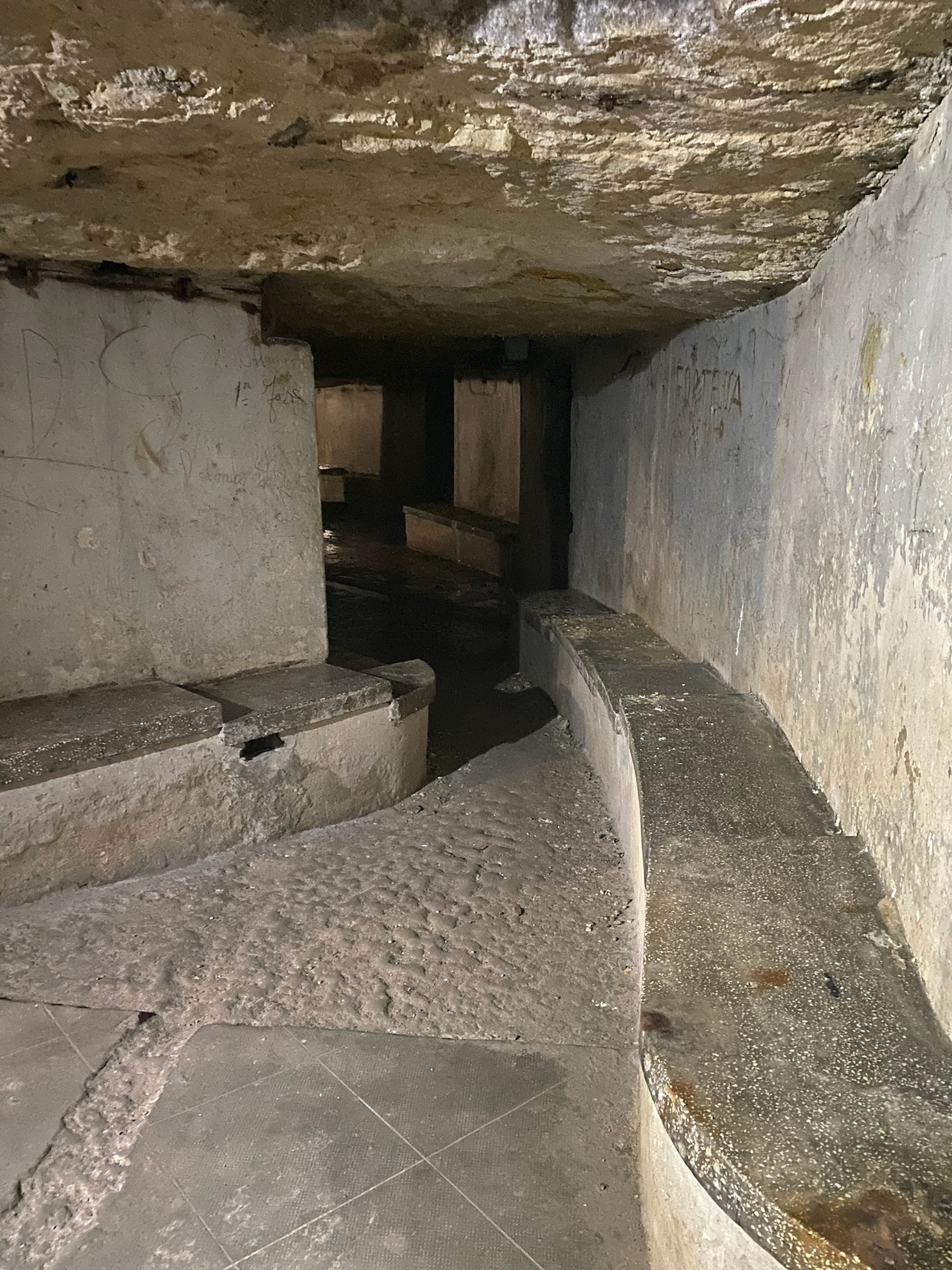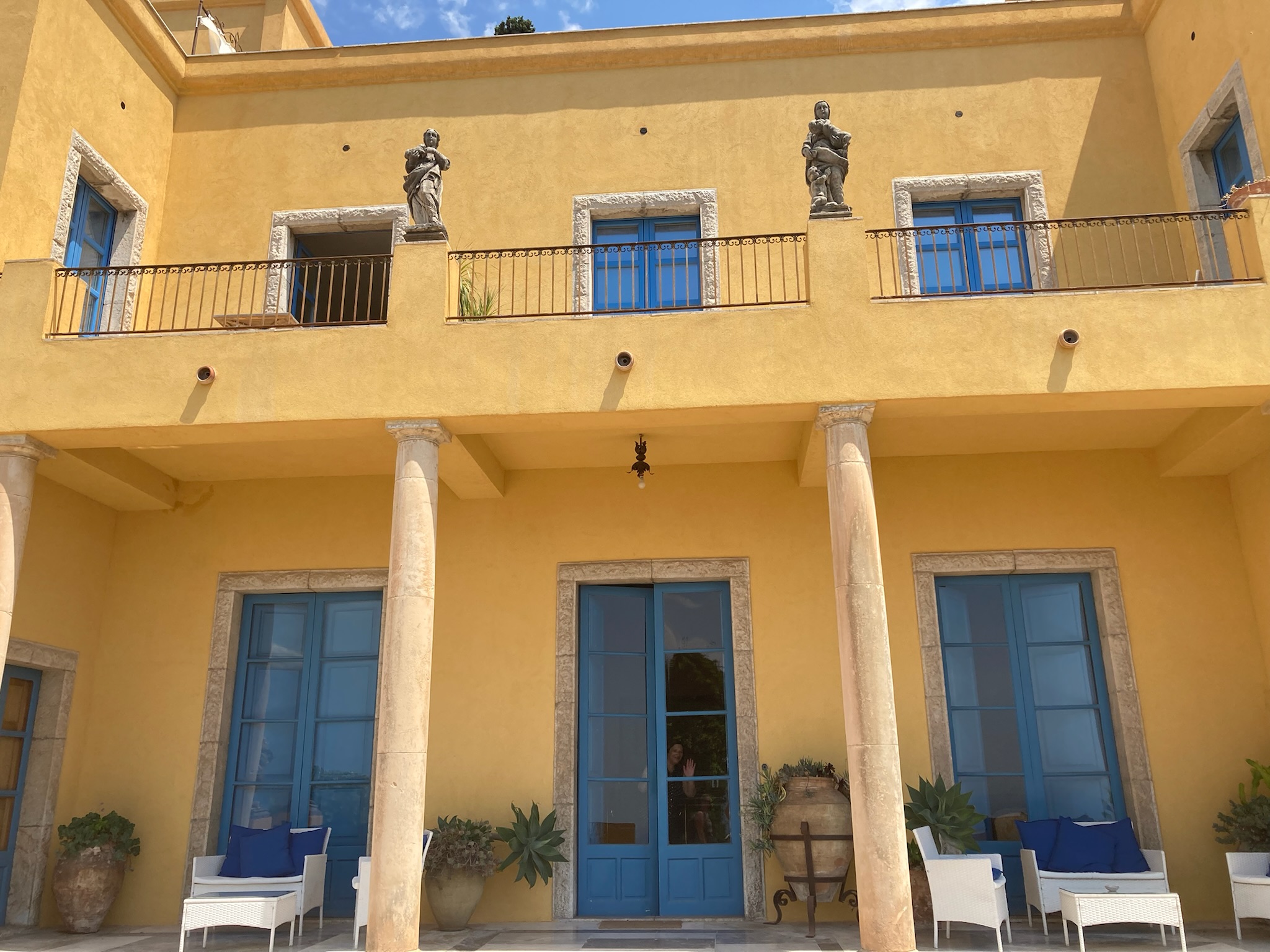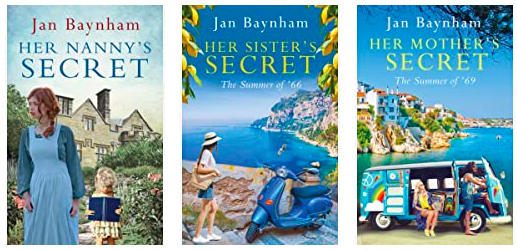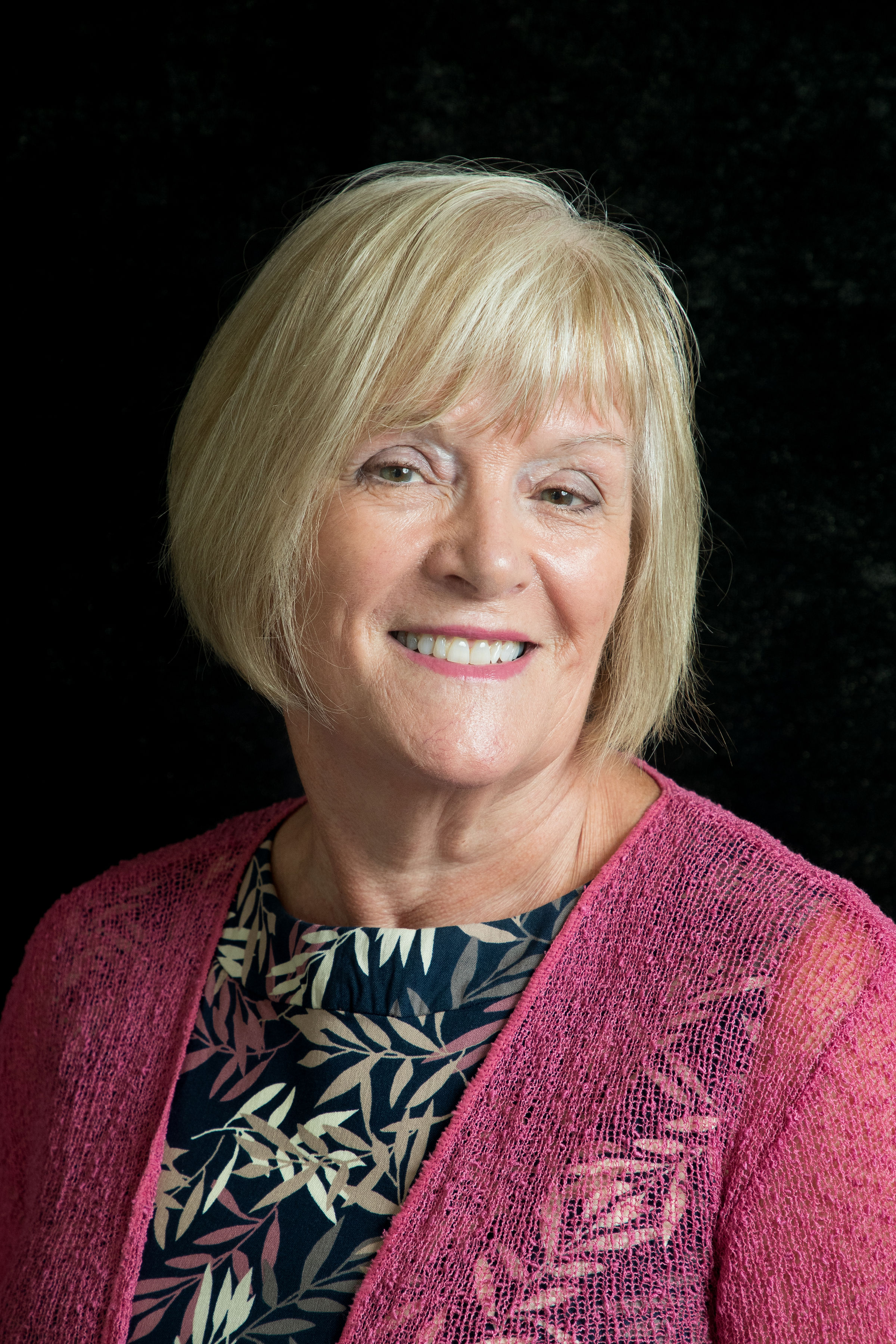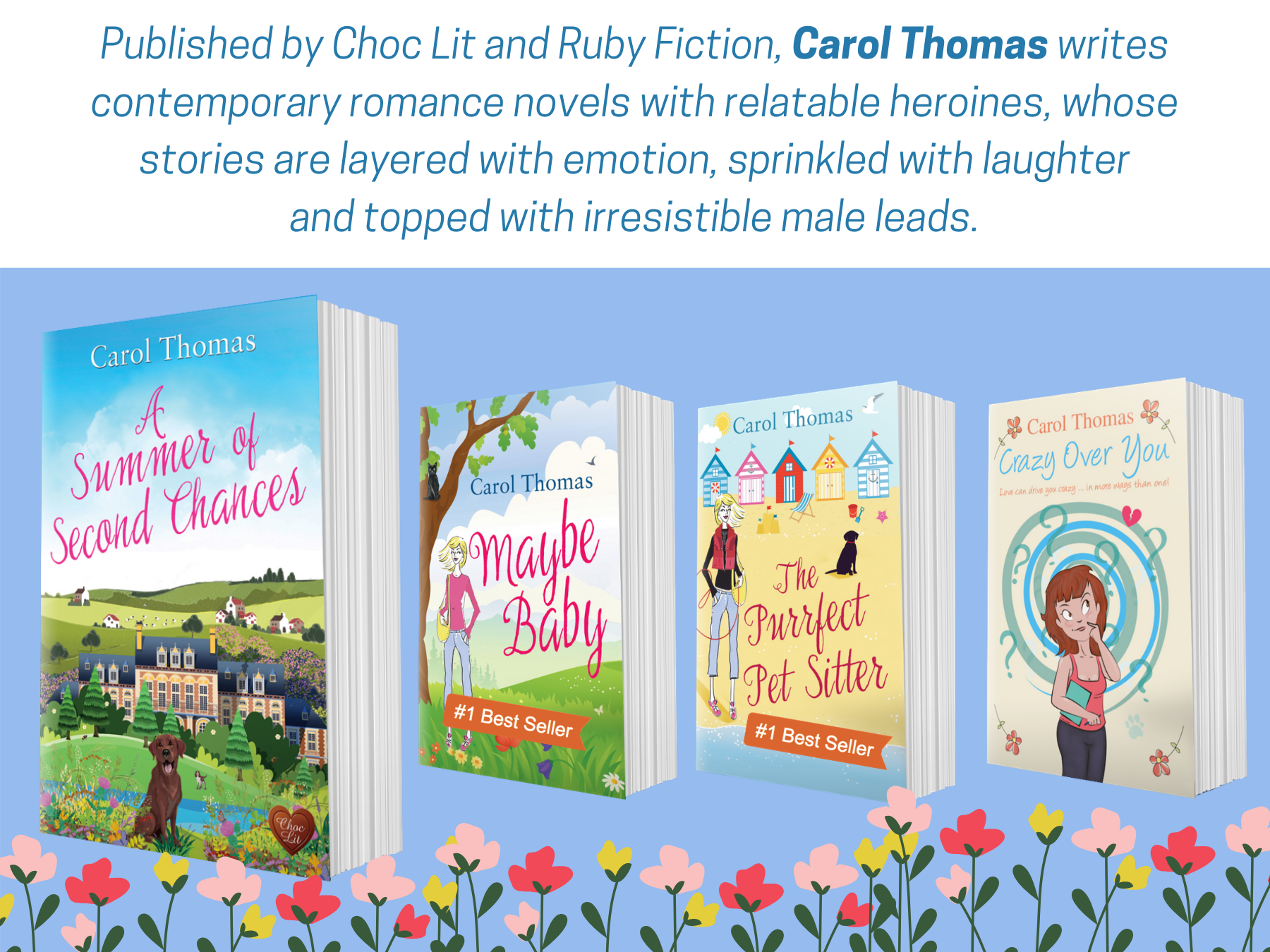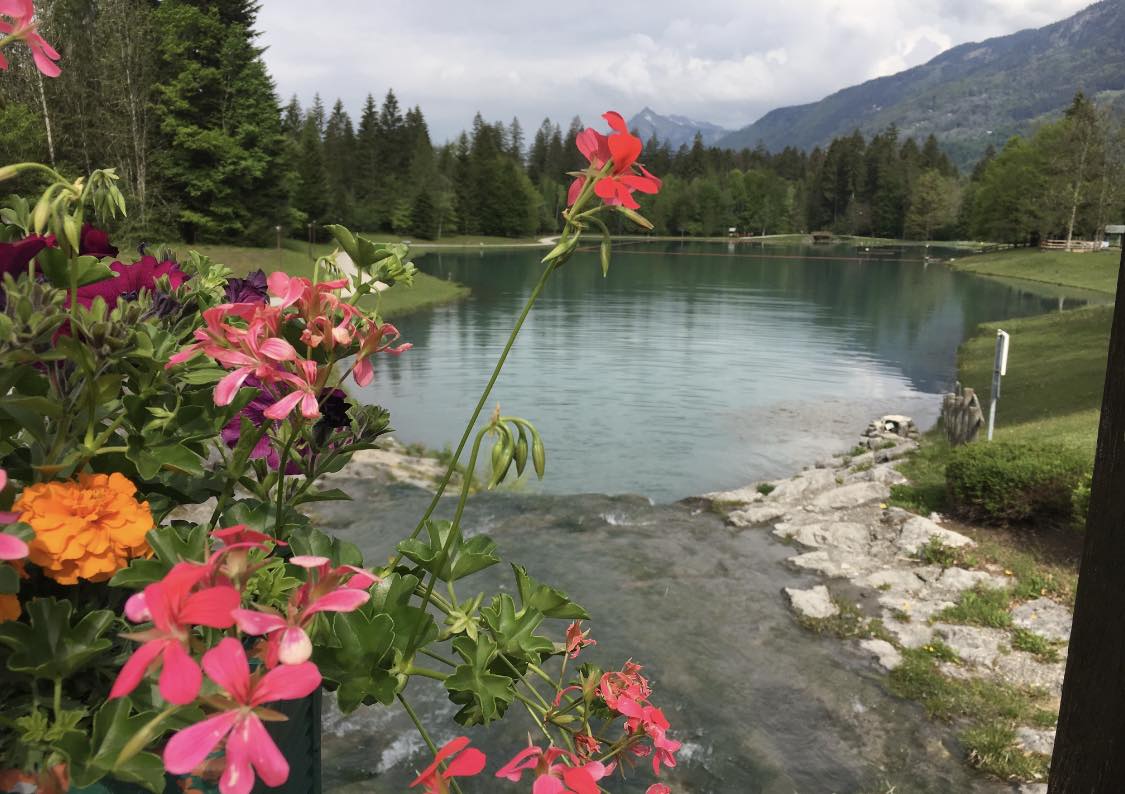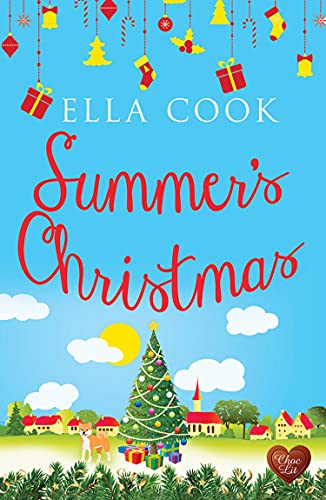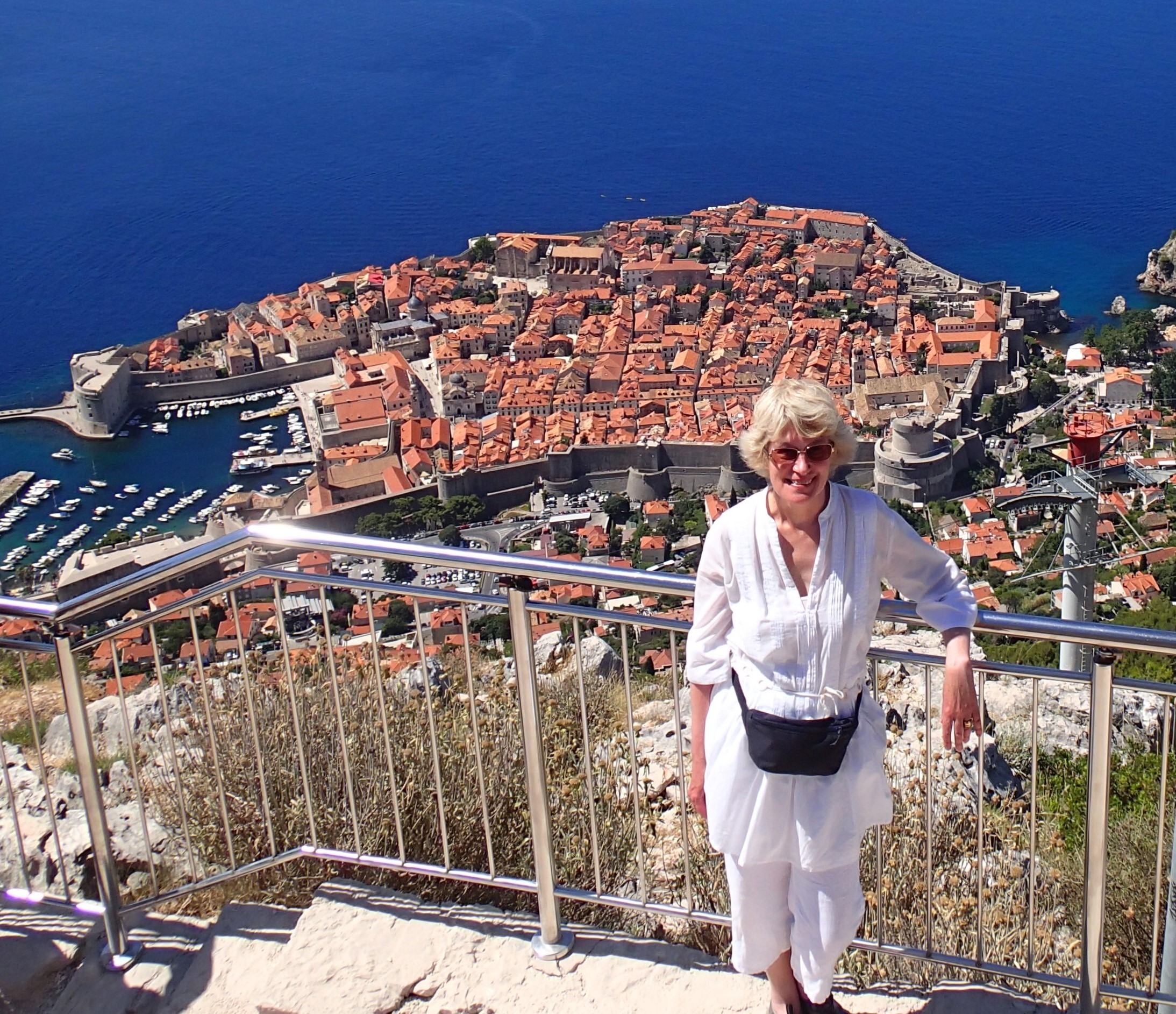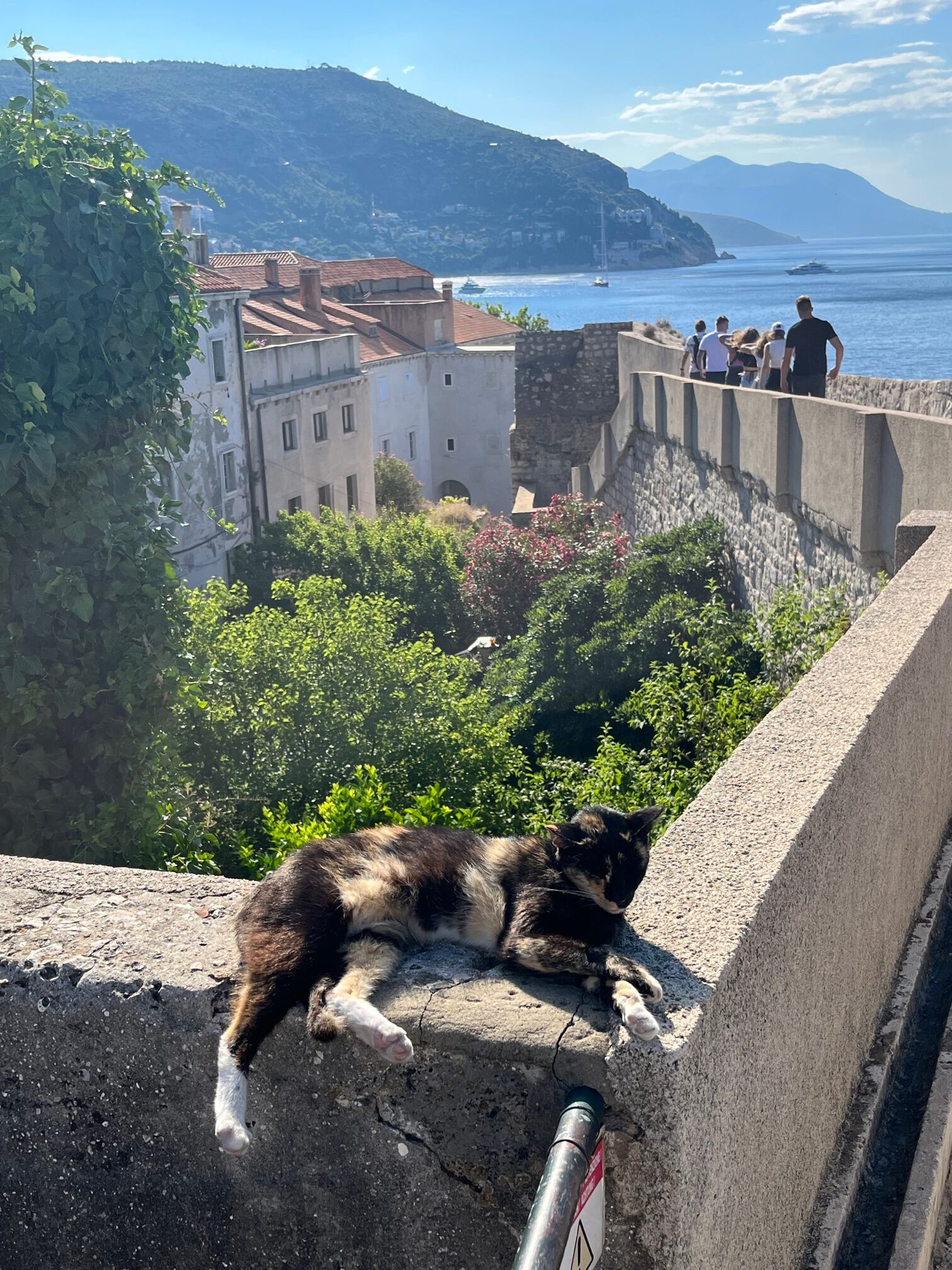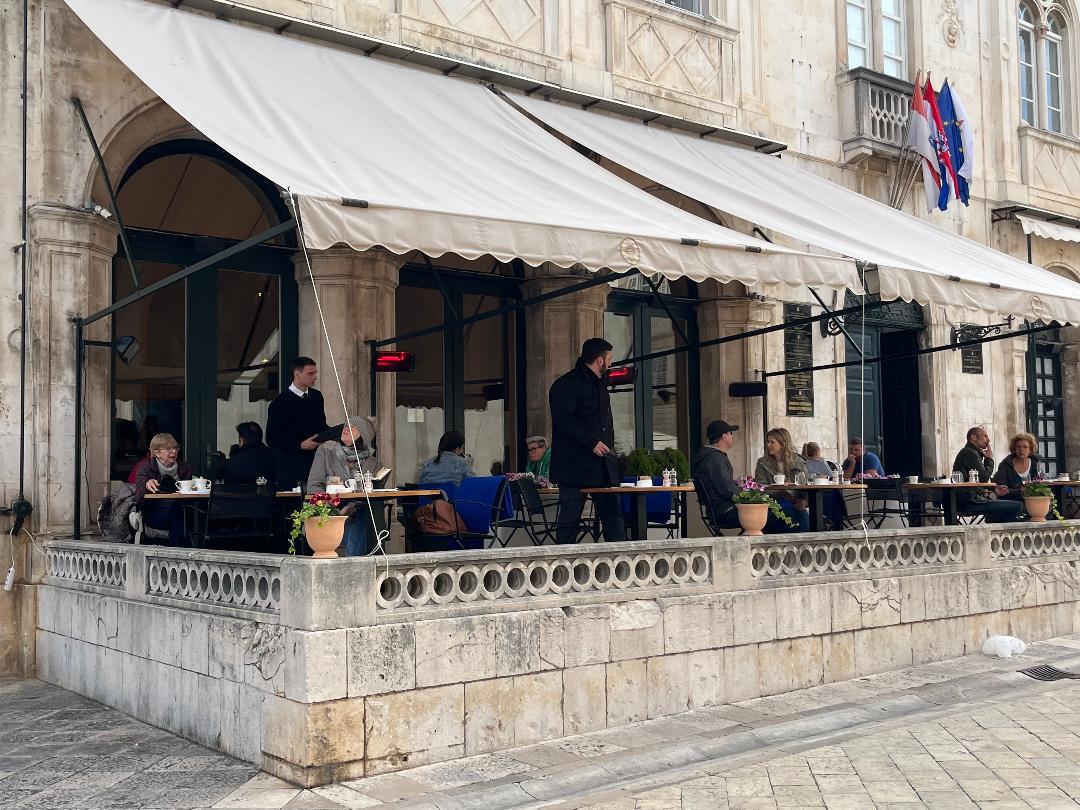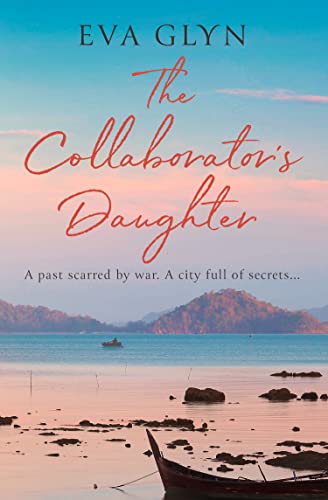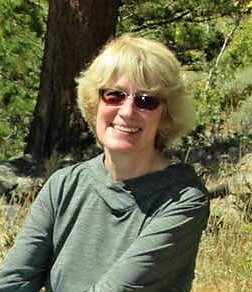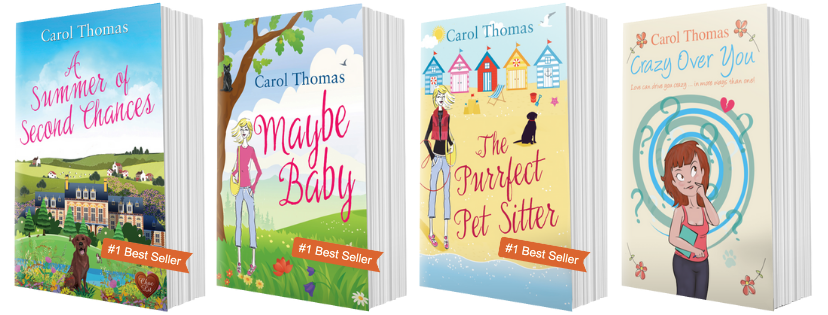I am delighted to welcome Luisa A. Jones to my blog as she discusses three of the characters from her latest novel, The Broken Vow. Congratulations on the new book, and over to you Louisa …
The main character in this book is Charlotte Fitznorton, a spoiled girl of nineteen and the rather obnoxious stepdaughter of the heroine in the previous book, The Gilded Cage. I was keen to explore Charlotte’s story further, as despite being so unpleasant in the earlier book, I felt she deserved a chance to become a better person. The most plausible way to bring this about was to make Charlotte suffer – we authors can be so cruel! Charlotte could only come to a better understanding of the world and of other people by experiencing loss, hardship and responsibility. By ensuring that her comfortable existence was tipped upside down, I could teach her some valuable lessons and bring out a more likeable side to her character. However, she needed a reason to truly change. Charlotte’s initial motivation for action is selfish: she’s desperate to save her plans to marry into the aristocracy. It’s only later on, with help from her friends, through hearing differing perspectives on her family’s past, and through hard work, that she comes to question whether she’s actually on the right path.
Another important character in the book is Maggie Cadwalader, also a minor character from the previous book. As a working-class girl, Maggie’s life is very different from Charlotte’s, but in the course of the story, their paths come to cross. In The Broken Vow, as in The Gilded Cage, I was keen to explore the lives of ordinary working people as well as the rich and to show how the Great War changed people’s lives, whatever their class. Women on the home front made a vital contribution to the war effort, a contribution which, in my view, hasn’t been adequately acknowledged. In creating Maggie’s story of dangerous work in a munitions factory, I hope I’ve been able to offer some recognition of what so many women might have experienced.
The third character I’d like to mention is new to this book: Charlotte’s friend and role model, the formidable Venetia Vaughan-Lloyd. Like Charlotte, Venetia is a young woman of means. However, her experience of a disability, past heartbreak, and political activism, as well as charitable work, means that Venetia’s awareness of the “real world” is much more developed than Charlotte’s. She’s kind-hearted, forthright, witty and generous, and a character who seemed to take on a life of her own as I brought her into the story. She first starts to influence Charlotte by taking her to a lecture by the suffragette leader, Mrs Pankhurst, which was tremendously fun to write. Venetia likes Charlotte for who she is, but constantly challenges her naïve views and really brings out the best in her, speeding her personal growth.
I hope readers of The Broken Vow will come to love these young women as much as I do!
Thank you so much for introducing your characters Luisa, I am looking forward to reading The Broken Vow and learning more about them. x
About the book:
Marriage was what Charlotte had been brought up to. After all, it provided a happy ending for all the heroines in the novels she sometimes read. So it would be for her… right?
Born into luxury, Charlotte Fitznorton has always known a life filled with lavish parties and a line of suitors, all part of a future neatly laid out for her by her father, Sir Lucien. She is to marry well and continue the line at Plas Norton, the family seat. When Eustace Chadwycke – son of a viscount – proposes just before leaving to fight in France, it seems Charlotte’s destiny is perfectly falling into place.
Then, tragedy strikes. Her father dies unexpectedly, and her future hangs in the balance – threatened by her hated stepmother Rosamund’s surprise pregnancy. News of Eustace, returning from the war broken by its horrors, leaves Charlotte fearing her engagement may be as fragile as her inheritance.
Determined to at least save her impending marriage, Charlotte pours her energy into turning Plas Norton into a healing place for Eustace and other war-weary soldiers. But small-minded townspeople, a bossy head nurse, and her newborn baby sister’s arrival push Charlotte to her limits.
Just as hope is slipping through her fingers, a mysterious stranger arrives at Plas Norton. This newcomer holds the power to upend everything Charlotte has fought to preserve. Will she have the strength to protect her legacy, or could this unexpected visitor awaken a desire in Charlotte for a different life altogether?
A beautiful and heartbreaking historical novel, if you loved anything by Fiona Valpy or Lucinda Riley, this book is for you.
Click here to discover more or to purchase.
Also by Luisa A. Jones:
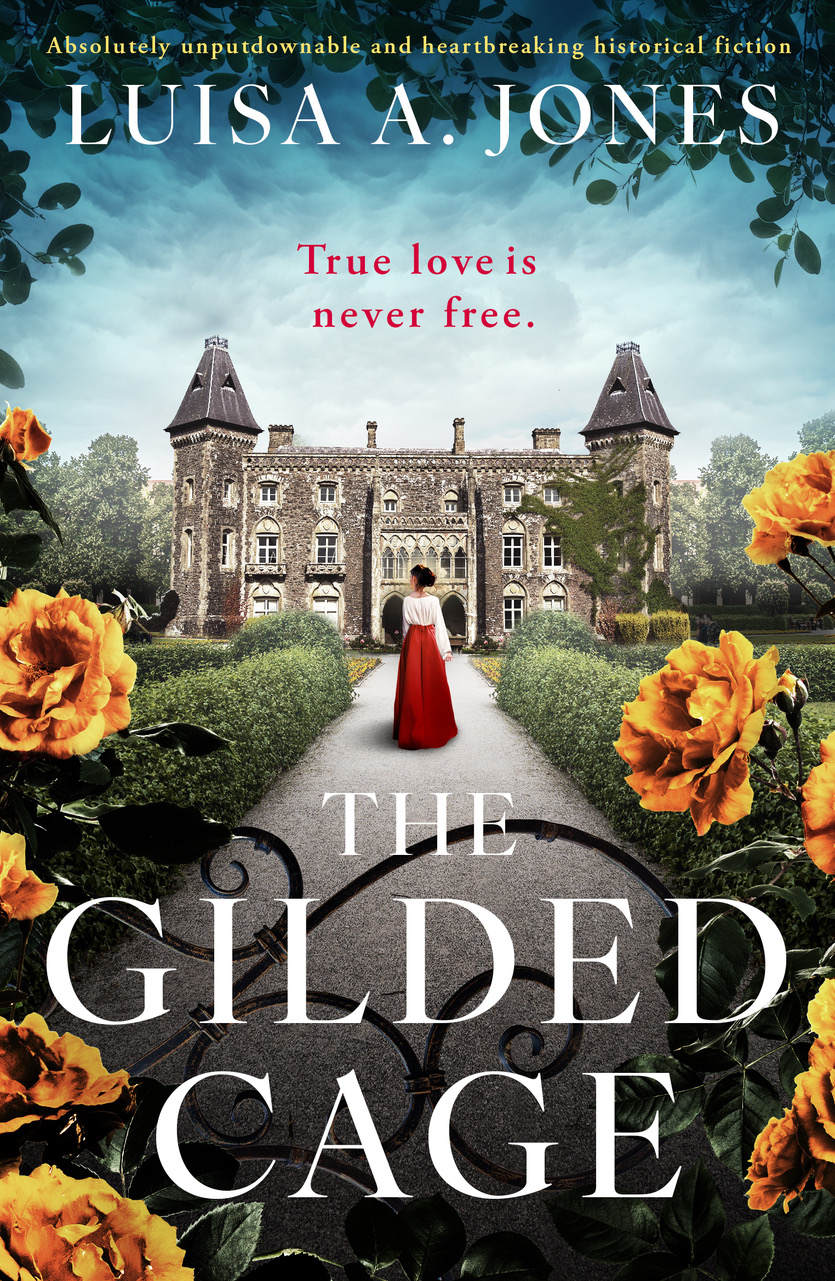
1897. Rosamund bows her head and steps slowly down the aisle. The satin of her gown whispers against the stone floor and a single tear falls into the bunch of yellow roses twisted in her trembling hands. Despite rumours of his cruelty, Rosamund has no choice but to become this man’s second wife.
After her wedding, Rosamund finds herself trapped in Sir Lucien Fitznorton’s lonely country estate. As she wanders the chilly halls, made shadowy by drapes of heavy velvet, she longs for the lost comforts of her childhood home, where she was the beloved only daughter to a doting father, now buried miles away. As a young woman with no fortune of her own, only death can release her from this misery.
Until she meets Joseph, her husband’s gruffly handsome new chauffeur. With his mop of salt-and-pepper hair and lilting accent, Joseph is from another world. One of clambering children and tea at scrubbed kitchen tables, the hollow scratch of hunger and long hours of hard work. Despite their differences, they find themselves increasingly drawn to one other.
But Sir Lucien is not only cruel, he’s devious too, and soon Rosamund finds herself caught in a dangerous web of secrets and lies. Is Rosamund’s fragile marriage nothing but a golden cage, trapping her between two men who desire her… and to what end?
One holds her captive and the other offers a hope of escape… but who really holds the key to Rosamund’s gilded prison?
A gripping and emotional historical novel, fans of Lucinda Riley and Tracy Rees won’t be able to put this book down.
Click here to discover more or to purchase.
About the author:
Luisa A Jones lives in South Wales, and takes inspiration from the Welsh countryside, towns, history, and of course its people. Her writing explores the dynamics within relationships, the pressures that mental health issues can exert on people, and how these can be overcome.
Luisa studied Classical Studies at Royal Holloway and Bedford New College, University of London. Her previous jobs have included tour guide in an historic house; teacher in both primary and secondary schools; careers adviser; and corporate trainer/assessor.
Luisa loves using her creativity for crafting and baking, as well as writing historical and contemporary fiction with romantic elements. She and her husband are the proud owners of Gwynnie, a Volkswagen camper van built in 1974, which inspired the story behind Luisa’s first book, Goes Without Saying. They have three children, a dog, and two cats.
Becoming an author fulfilled a lifelong ambition. Her first historical novel in The Fitznortons series, The Gilded Cage, was released by Storm Publishing in 2023, followed by the sequel The Broken Vow in January 2024.
Discover more about Luisa A. Jones and her work here: website | X (Twitter) | Facebook | Instagram | The Broken Vow | The Gilded Cage
